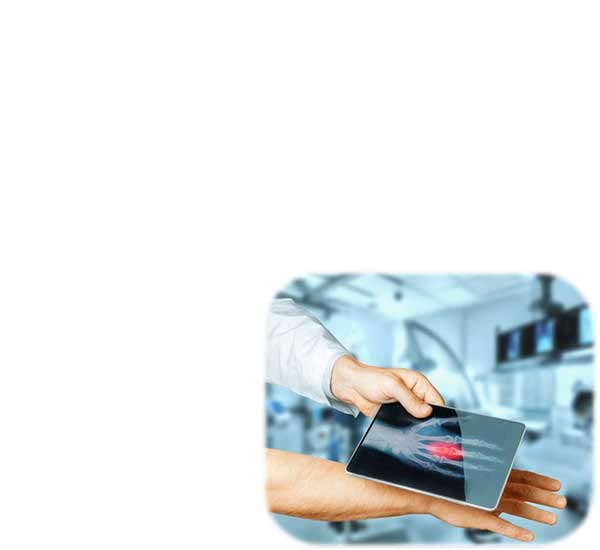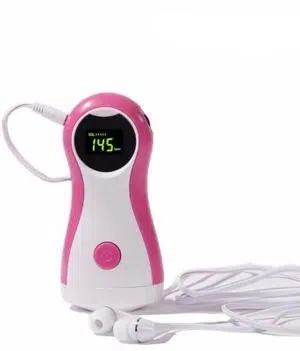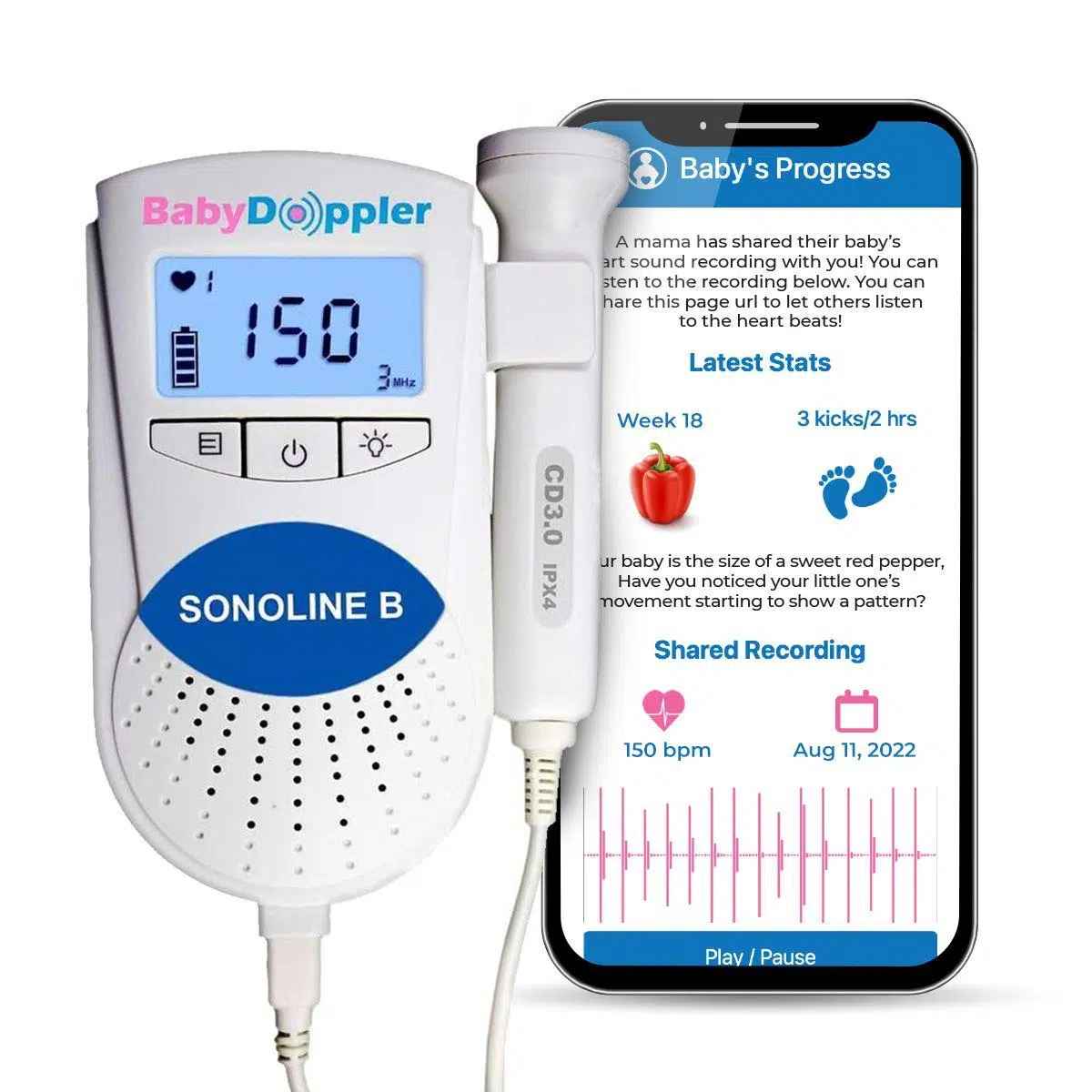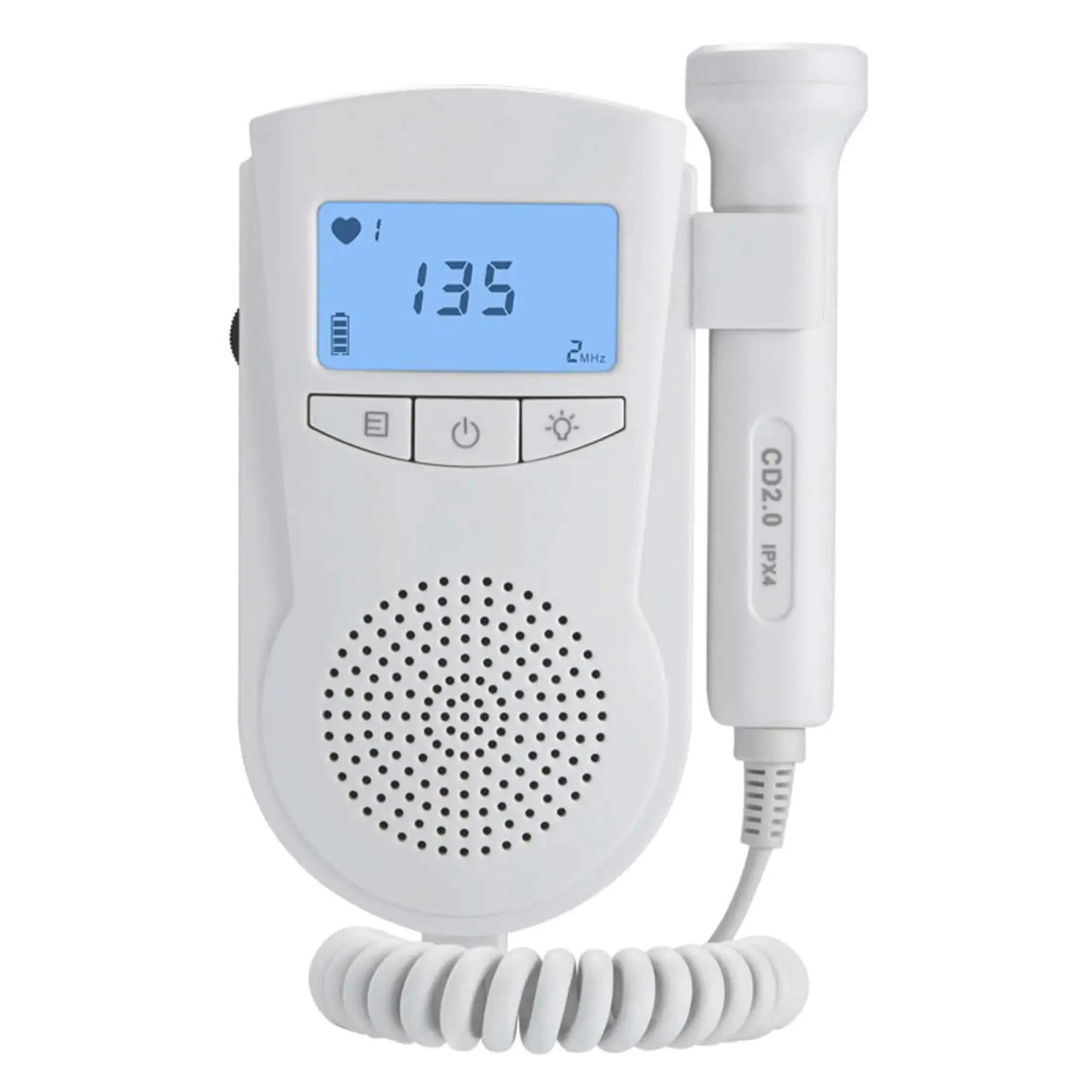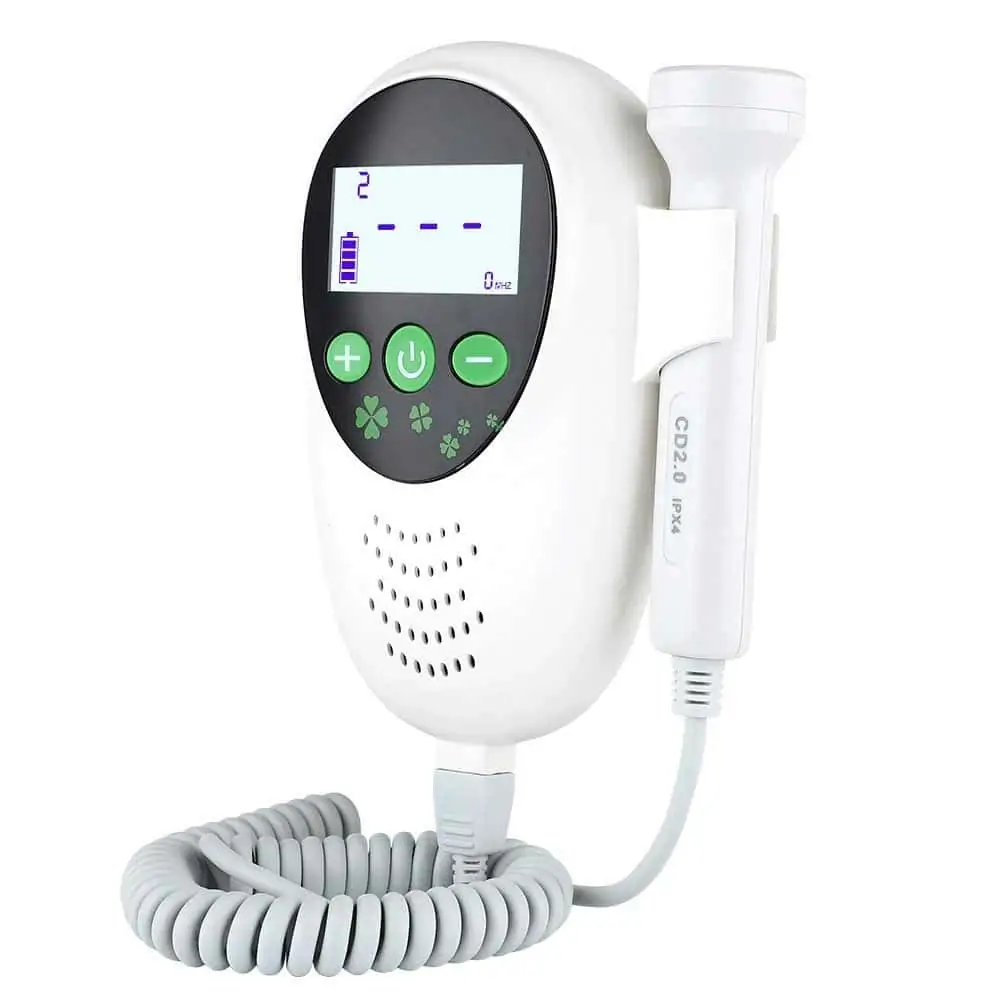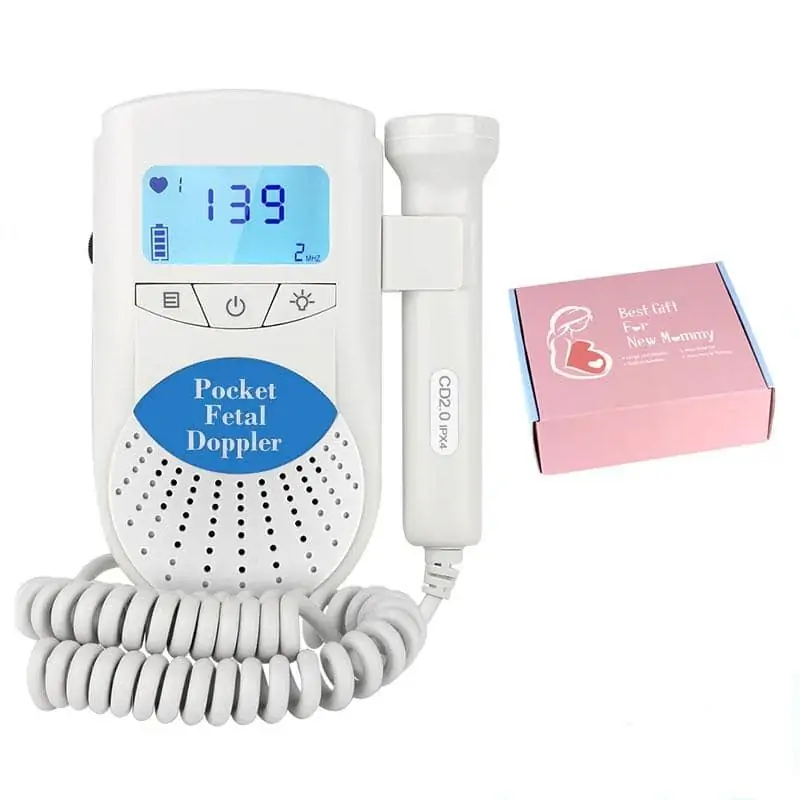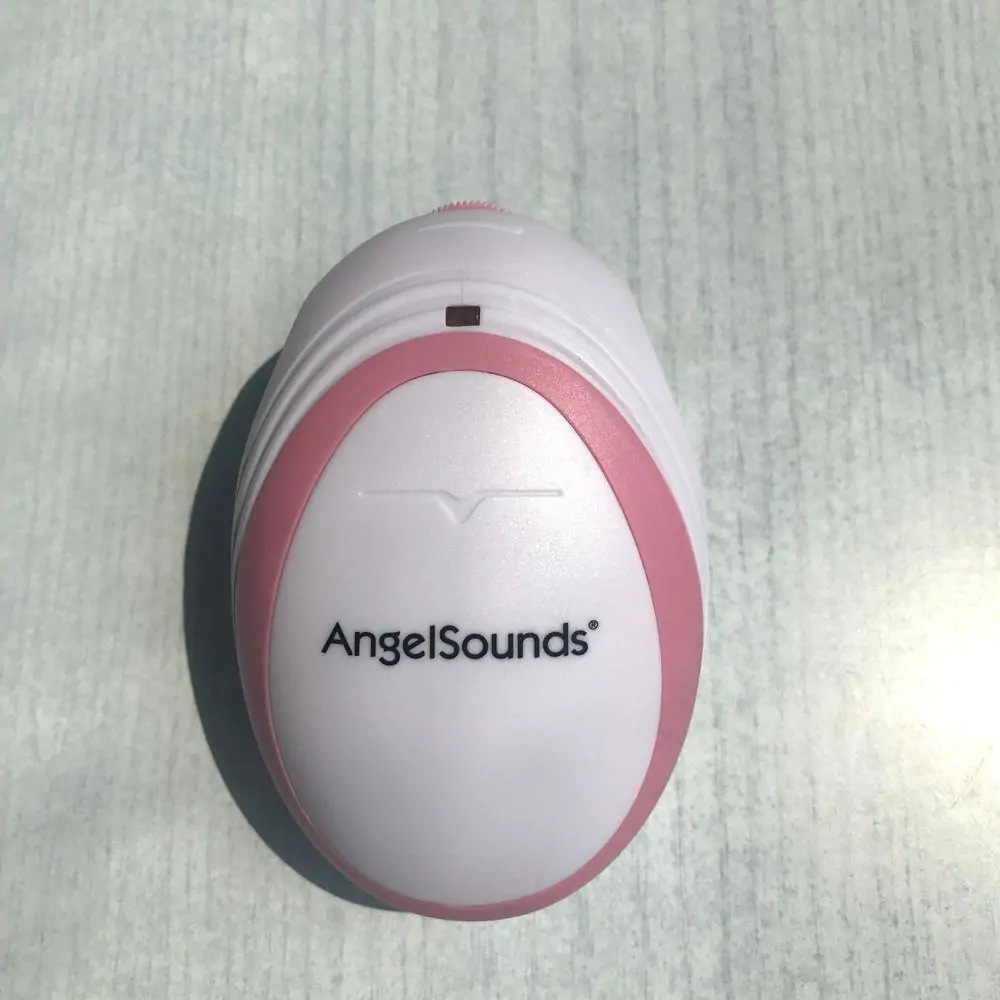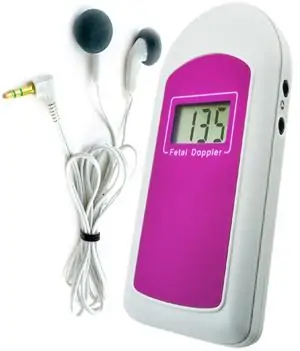Understanding Prenatal Fetal Doppler: Monitoring Your Baby’s Heartbeat Leave a comment
Prenatal Fetal Doppler
Introduction to Prenatal Fetal Doppler
Pregnancy is a lovely journey, but it can also bring with it a whirlwind of emotions and questions. One of the most common concerns for expectant parents is the health and development of their unborn child. Enter the prenatal fetal Doppler, a non-invasive device that allows you to listen to your baby’s heartbeat from the comfort of your home. In this article, we’ll explore what a fetal Doppler is, its benefits, practical tips for use, and personal experiences from expectant parents who have tried it.
What is a Prenatal Fetal Doppler?
A prenatal fetal Doppler is a portable ultrasound device that uses high-frequency sound waves to detect the heartbeat of a fetus. It’s a popular choice for expectant parents who want to connect with their baby even before birth. While often used in medical settings, many parents are now opting to use home versions of this technology.
How Does It Work?
The fetal Doppler device emits ultrasound waves that bounce off the fetus’s heart, converting these echoes into audible sounds. This allows you to hear your baby’s heartbeat as early as 8 to 10 weeks into the pregnancy.
Types of Fetal Dopplers
-
- Hospital-grade Dopplers: Used by healthcare professionals.
-
- Home-use Dopplers: Designed for personal use, available in pharmacies and online.
Benefits of Using a Prenatal Fetal doppler
Using a fetal Doppler can offer various advantages during your pregnancy journey. Here are some key benefits:
1. Early Bonding Experience
listening to your baby’s heartbeat creates an emotional connection and fosters anticipation for the birth.
2. Peace of Mind
Monitoring your baby’s heartbeat can alleviate anxiety and provide reassurance of their well-being.
3. Educational Tool
Using a Doppler can help you learn more about your baby’s development and heartbeat patterns over time.
4. Family Involvement
Involving partners and siblings in the experience can enhance family bonding and support.
Practical Tips for Using a prenatal Fetal Doppler
Using a fetal Doppler at home can be a rewarding experience, but it requires proper technique. here are some practical tips to ensure you get the most out of your device:
1. Timing is Key
-
- Best Time to Use: After 12 weeks of pregnancy, when the baby is large enough to detect.
-
- When to Avoid: Early mornings or late nights when your baby is less active.
2. Find the Right Position
-
- Lying Down: it’s best to lie on your back with your abdomen exposed.
-
- Use All Directions: Move the Doppler probe slowly and cover all areas of your abdomen.
3. Gel is Essential
-
- Ultrasound Gel: Apply a small amount of gel on the skin to enhance sound wave transmission.
4. Keep Expectations Realistic
-
- Don’t Panic: If you cannot find the heartbeat immediately; sometimes, it can take time, especially if the baby is positioned in a way that makes detection harder.
Case Studies: Real-Life Experiences with Prenatal Fetal Dopplers
Case Study 1: Sarah’s Journey
During her first pregnancy, Sarah found herself looking for assurances. She decided to purchase a portable fetal Doppler. “Hearing that heartbeat for the first time was indescribable. I felt an immediate bond with my baby,” she shared.
Case Study 2: Ian and Laura’s Shared Moment
Ian and Laura used a fetal Doppler to involve their older child in the experience. “We made it a family event, and our toddler was thrilled to hear his baby brother’s heartbeat,” Laura said.
Firsthand Experience: Using a Prenatal Fetal Doppler
As an expectant parent, the experience of using a fetal Doppler can be overwhelmingly positive. Here are some personal insights:
Emotional Connection
Many parents report feeling a strong emotional connection to their baby when they hear the heartbeat.
Reducing Anxiety
Many couples find that the reassurance of being able to hear the baby’s heartbeat whenever they wish reduces pregnancy-related anxiety.
A Bit of Caution
While fetal Dopplers are generally safe, it’s crucial not to use them as a substitute for regular prenatal check-ups. Always consult your healthcare provider if you have any concerns regarding your pregnancy.
Safety Considerations
While fetal Dopplers are safe for home use, you should be aware of these safety considerations:
-
- Frequency of Use: Limit the time you use the device; excessive use can cause unneeded stress.
-
- Trust Your Doctor: Rely on professional medical evaluations for accurate fetal monitoring.
-
- Quality Matters: Invest in a high-quality Doppler device from a reputable manufacturer.
Summary Table: Key Points
| Aspect | Details |
|---|---|
| Best Usage Time | 12+ weeks into pregnancy |
| Essential Item | Ultrasound gel |
| Emotional Benefit | Enhances bonding |
| Family Engagement | Involve siblings and partners |
Conclusion
A prenatal fetal Doppler can be a valuable tool for expectant parents interested in monitoring their baby’s heartbeat. While it provides emotional comfort and facilitates early bonding, it is essential to approach its use with realistic expectations and a cautionary mindset. Always remember that a fetal Doppler cannot replace the expertise of healthcare professionals. By using it responsibly, you can enrich your pregnancy experience and foster connections with your little one before they arrive.
For a deeper understanding of your pregnancy and the tools you can use, consult your healthcare provider and enjoy this unbelievable journey into parenthood!



